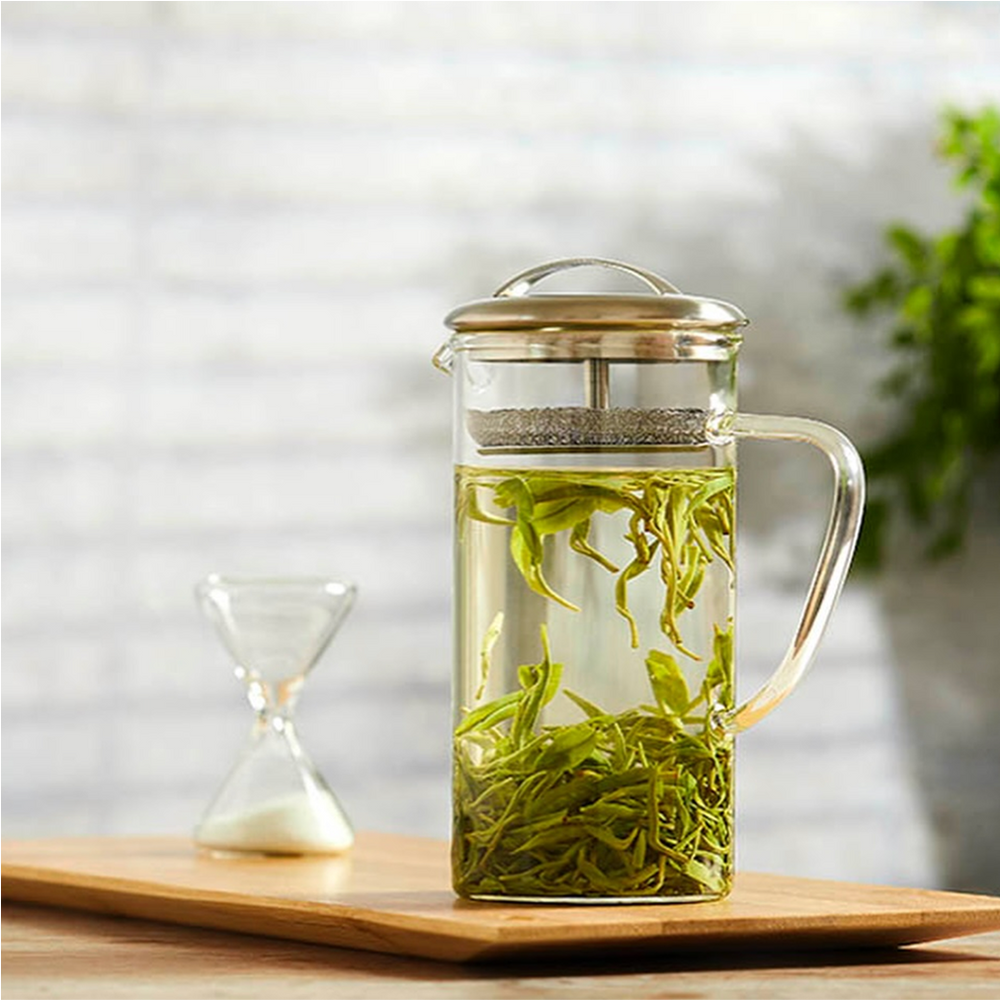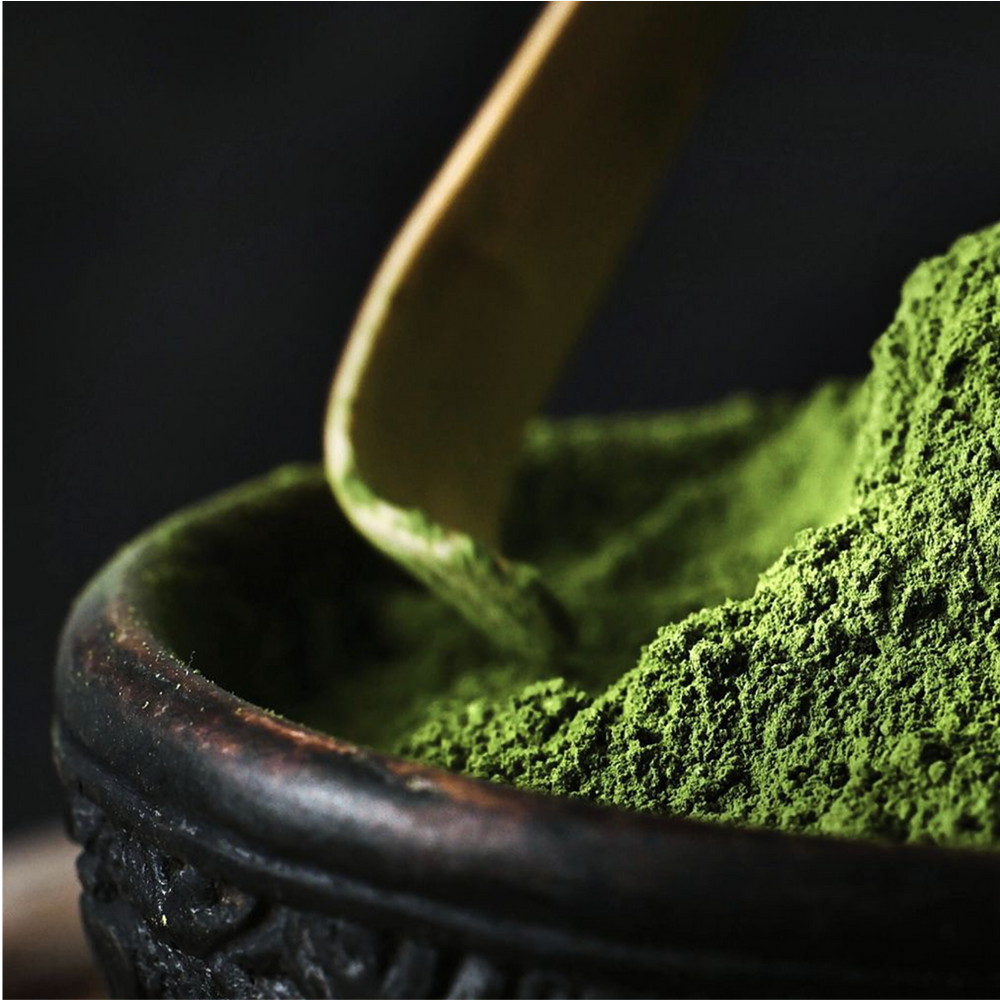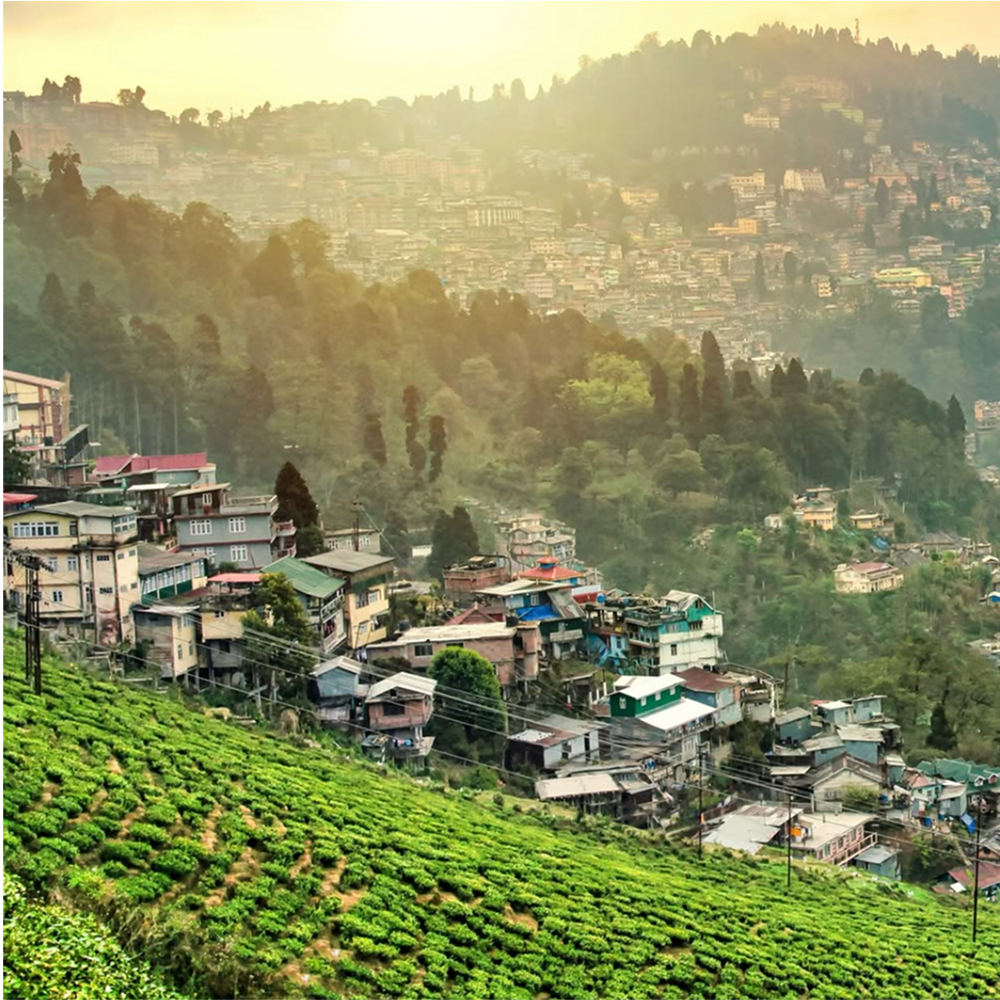Gyokuro vs. Sencha: What’s the Difference?
In the world of Japanese tea, two names stand out for their unique flavours and fascinating stories: Gyokuro and Sencha. At JING, we embark on a journey with each leaf, uncovering the rich tapestry of tradition and innovation that these teas embody. Here’s a deeper dive into what sets these two remarkable teas apart.
The Glory of Gyokuro
Gyokuro, often heralded as the pinnacle of Japanese green teas, is revered for its sweet, umami-rich flavour profile. Its journey begins in lush, verdant fields where the bushes are shaded from the sun for several weeks before the harvest. This method, much like the careful curation of an artist's masterpiece, enhances the amino acids in the leaves, resulting in an exquisite taste that lingers on the palate.
Imagine walking through serene gardens veiled in shade, exuding tranquillity and life—this is the soul of Gyokuro. The tea’s rich, jade green liquor welcomes you into this hidden realm where each sip is both an indulgence and a revelation.
The Simplicity of Sencha
Sencha, in contrast, is the quintessential everyday green tea of Japan, offering a more straightforward but equally captivating experience. Grown in sunlight, the leaves of Sencha develop a bright, refreshing taste with a hint of astringency that mirrors the vibrant landscapes from which they hail.
Envision rolling hills under the warmth of the Japanese sun, fields of green stretching as far as the eye can see. This brightness is captured in every cup of Sencha, making it a perfect companion for those seeking a revitalising escape.
Why choose JING loose leaf tea?
At JING, our passion lies in sourcing the most remarkable teas and unveiling their stories. Whether it’s the shaded elegance of Gyokuro or the sunlit vibrancy of Sencha, our commitment to quality and craftsmanship ensures that each tea is an invitation to explore centuries of expertise.
We strive to change the way the world thinks about and experiences tea—not merely as a drink, but as an adventure that spans across history and cultures. Through carefully cultivated relationships with tea masters, we offer you teas with distinct identities, each with its own tale to tell.
Dive into the World of JING
JING’s collection is curated for the discerning palate, crafted to elevate your senses and redefine your understanding of tea. Discover Gyokuro and Sencha, two sides of the same coin, each bringing its own unique charm to the ever-evolving story of tea. Let JING guide your journey into the heart of Japan’s most celebrated tea traditions, where every cup is a new chapter waiting to unfold.





Leave A Comment